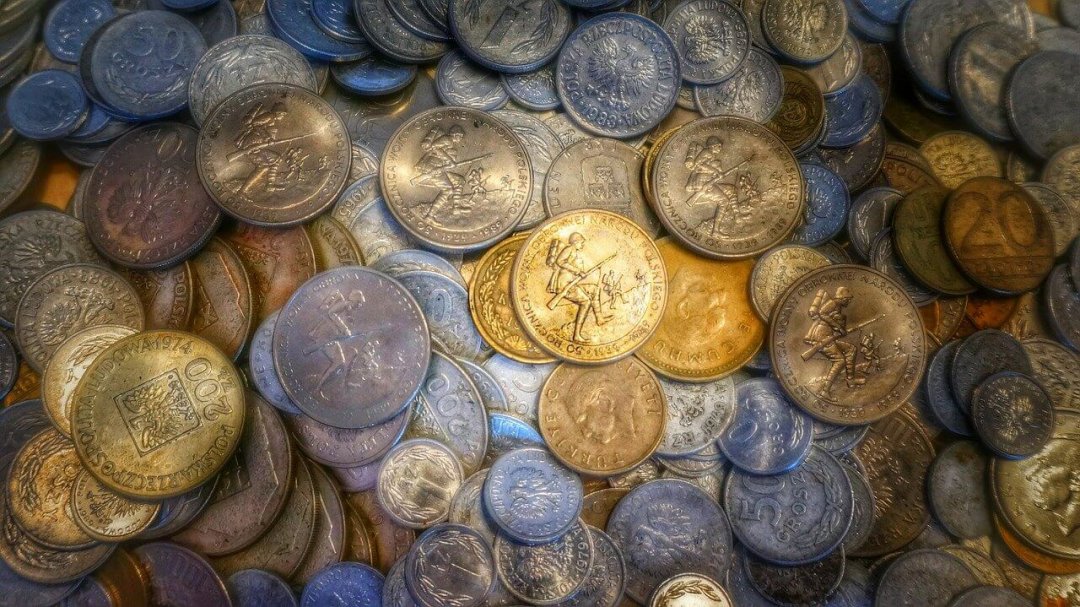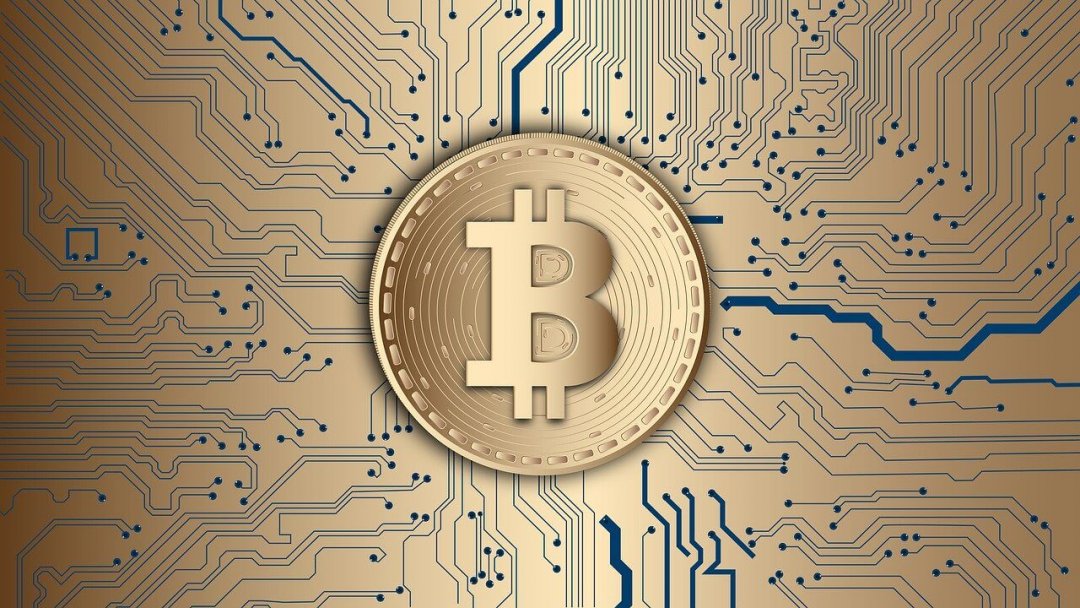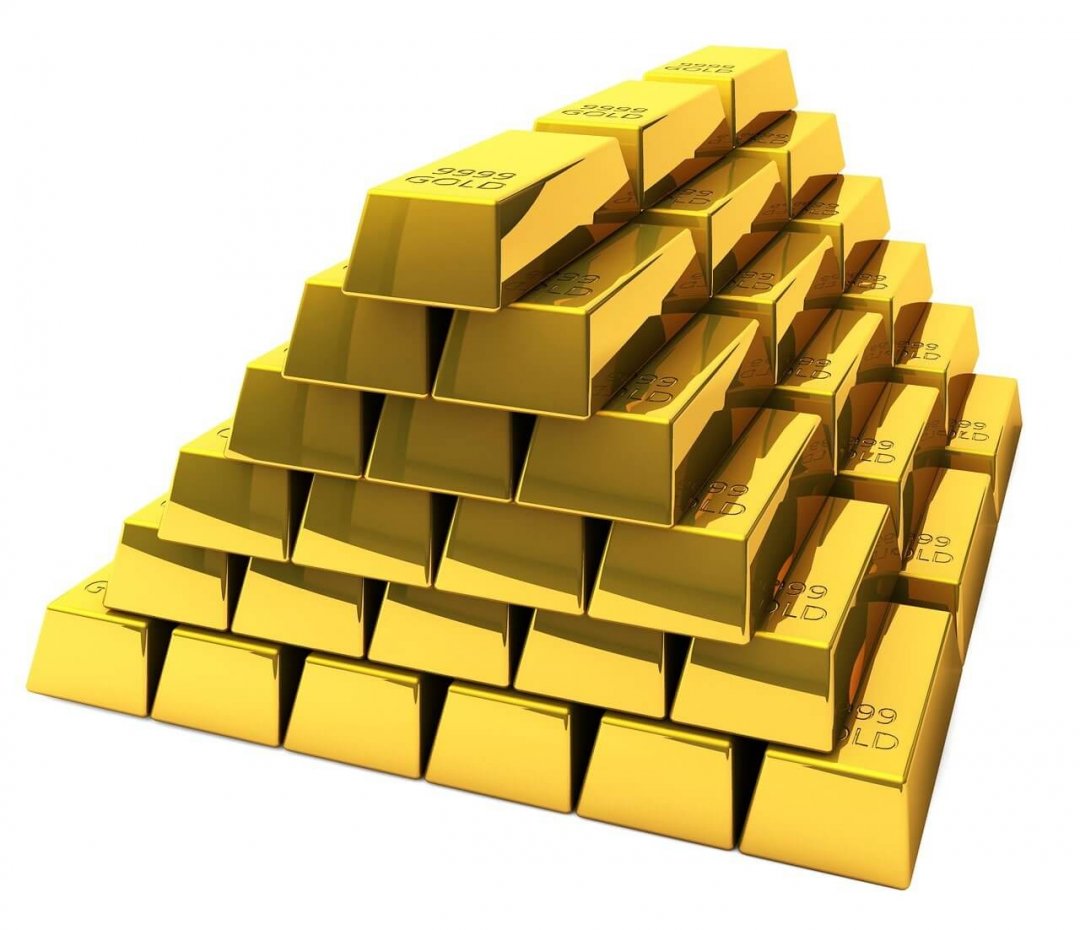Bitcoin & cryptocurrencies are currently trending again, and more and more big investors and well-known institutions are getting on board. But what actually is Bitcoin, how does the technology behind it work, and is it still worth investing in now?
What is Bitcoin?
To understand this question, one must first understand money.
Money has mainly 3 functions:
- Store Value
- Measure Value
- Transfer Value
Whether you talk about dollars as money, shells, gold, or even Bitcoin, everything that we humans want to use as money has to fulfill these 3 functions in the best possible way.
If you then consider, “How does money manage to fulfill these 3 functions?” you will find 5 characteristics that make up “good” money which we trust:
- Rare
The money should be hard to come by: if pebbles were used, anyone could just walk over and get them themselves without much effort, and without really bringing any value (work) either. - Transportable
In history, people sometimes used large, heavy chunks of stone as a means of payment. Not exactly practical. - Easily recognizable
One point why diamonds, shells, etc. drop out: the value of the means of payment must be easily and quickly ascertainable for everyone. - Dividable
Imagine if we had nothing smaller than 500-euro bills. Wouldn’t work, would it? A good means of payment should be divisible into the smallest parts. - Stable
A means of payment should not, of course, have an expiration date or otherwise be able to disappear or become unusable, such as rusting metal.

Based on these characteristics, the different historical means of payment have developed over time: The problem with shells and other animals was, of course, that they are not necessarily stable, diamonds, on the other hand, are very difficult to recognize.
Gold, on the other hand, as a precious metal, has proven to be relatively good money over thousands of years and was used until 1971, when the gold standard was dissolved.
Since 1971, however, so-called fiat money has been in existence. Fiat money is money that is not backed by gold, for example, but is simply issued by the state. This includes US dollars, Euros, Swiss francs, and so on.
The big problem with fiat money:
The state has to be trusted to keep this fiat money scarce and not simply to print vast amounts of new money – which would not only be possible without any problems, but is also done every year, sometimes more, sometimes less. For example, about 22% of all existing U.S. dollars were created in 2020.
The solution (& “return” to gold): Bitcoin

Bitcoin came into existence around the 2008/09 time after a global economic crisis created by banks shattered the entire world.
Confidence in the state’s ability to handle fiat money carefully was waning: and so people wanted to create another form of money that was trustless and worked like digital gold: Bitcoin was born.
How Bitcoin works: Monopoly Explanation
With Bitcoin, you trust nothing but pure mathematics.
But first, let’s clarify a few terms (using the famous game Monopoly):
1. Decentralization
If you’ve ever played Monopoly or DKD, you know the bank is what you have to pay the most attention to.
The bank can cheat the easiest and somehow controls everything – since it is a central party that actually controls the money.
The solution in Monopoly is to put the bank in the middle – creating decentralization and everyone taking responsibility for not cheating.
2. Digital instead of physical: Distributed Ledger Technology
The big problem in the digital world until the emergence of Bitcoin was that if something was open and decentralized, it was also always extremely easy to manipulate until then.
Imagine that in Monopoly the bank is in the middle – so it is decentralized, and everyone can see it and check that no one manipulates anything – but if your teammate starts a manipulation attempt, you can’t stop him.
Statoshi Nakamoto first solved this problem with the concept of distributed ledger technology.
This is a decentralized database that allows participants in a network to share read and write permissions.

3. Blockchain as Distributed Ledger Technology
A blockchain is nothing more than such a decentralized database where anyone can enter something.
The easiest way to understand the functionality is again using the example of Monopoly: Each player enters into the database what happened last round.
If now all truthfully enter the same, a synchronous data block is created.
If someone does not follow the rules of the game and tries to manipulate the game, this conflict will be solved democratically: the majority, i.e. at least 51%, is considered to be what actually happened – anything else will not be accepted.
With 5 players, manipulation is still very easy if only 3 players join forces. With thousands of players, however, manipulation becomes increasingly difficult, almost impossible even.
This way, you always know what happened in a round (a data block). This is then added to the blockchain.
Important: The last entry of a data block is then always the first entry in the next data block.
The big advantage is that the blockchain is unchangeable and everyone can see all transactions at any time. The blockchain is therefore transparent and trustless – the only thing that is trusted, so to speak, is the universal language of mathematics (algorithms & cryptography).
Because this technology is still so new, it is hard for many people to grasp and trust Bitcoin or other cryptocurrencies…. over time, however, more and more participants are joining and as this network grows, so does the value of the blockchain as 51% manipulation becomes more and more impossible.
This is also why Bitcoin is the most valuable blockchain: it is by far the largest network.
4. Cryptocurrencies (more correctly: crypto assets)
As we have learned so far, a blockchain is nothing more than a database.
A database that can store anything – entire Monopoly games, or even medical information, a real estate registry, etc. – the possibilities are endless.
Cryptocurrencies, more correctly crypto assets, are financial data in a blockchain.
Personally, I like the term crypto-asset better, because it is not necessarily about the functionality as a currency, but also and especially about the asset value.

5. Why Bitcoin
Like Monopoly, cryptocurrencies have different “game variants” – not just Bitcoin. Such alternative cryptocurrencies are also called altcoins.
However, Bitcoin is by far the most valuable cryptocurrency. It is the “original game” and has by far the largest network, thus enjoys the greatest trust, and has rules of the game that have stood the test of time (for example, there can never be more than 21 million Bitcoins – so Bitcoin, unlike fiat money or possibly other cryptocurrencies, is indeed scarce).
Also good to know (Questions & Answers)
Public Key & Private Key
A public key is like an email address. You share it with others so that they can send you Bitcoins.
A private key is like the password with which you can access your Bitcoins. Of course you should protect it very well, because with your private key you have full access to your Bitcoins.
There are basically two ways to keep your private key safe:
- Either you manage it yourself on your own responsibility, for example in an app (like Bread-Wallet), or a hard wallet that works like a USB stick with PIN (I myself use Ledger for this).
- Or you can have your private key professionally managed, for example on exchange platforms. Here, of course, you again have a centralized risk and have to trust one party. Generally, however, this method is also very secure and is especially recommended for beginners.
I personally diversify my Bitcoins, so I have some on exchanges, and manage others myself. This spreads my risk of private key theft.
Mining

Most Bitcoin users are nothing more than that: users. Like a Monopoly player who does not control the (data) bank itself.
Those who actively monitor this database and create consensus are called miners. They solve complex mathematical problems to be able to do this, and in return they receive Bitcoins as a reward.
The amount of distributed bitcoins for miners decreases by half about every 4 years – also called halving. At the very beginning there were 50 bitcoins per block, then 25, then 12.5 – and currently we are at 6.25 distributed bitcoins per block.
The essential thing about this concept is that the miners do not mine Bitcoins themselves, as is often misunderstood – they only mine data blocks. So if at some point the Bitcoin stock of a maximum of 21 million Bitcoins is reached, there is still no problem with the miners because they also receive transaction fees.
However, mining is unprofitable for the average consumer, as it requires special hardware and a lot of electricity – simply buying Bitcoins is usually more profitable.
Important: As with all commodities, the Bitcoin price is calculated by supply and demand. Halving contributes significantly to the fact that the supply of new Bitcoins is decreasing – only half of them enter the system. The demand, however, is increasing. Lately even very rapidly, because more and more understanding and trust in Bitcoin and Blockchain comes and also more and more people understand this concept of digital gold.
This is the reason for the sharp rise in Bitcoin’s price.
How to invest in Bitcoin

It is important to understand that you don’t necessarily have to buy a whole Bitcoin right away: you can invest in Bitcoin with any amount, no matter how small, as you can also buy fractions of a Bitcoin.
To buy Bitcoin quickly & easily, it is worth registering with exchanges such as Coinbase, Kraken or my own company Cake.
There you just need to verify your identity and you can easily invest in Bitcoin via bank transfer, credit card, etc.
After you buy Bitcoin, you can either leave them on the platform (recommended for beginners) or manage your private key yourself and send it to your wallet app or hardware like Ledger.
My advice: Invest at regular intervals and hold Bitcoins for the long term.
Get interest on bitcoins like with real estate or stocks
Through my company Cake DeFi, you can also earn interest on your Bitcoins just like you would with real estate or stocks.
Click Here to sign up for Cake and start investing in Bitcoin with interest payouts!
Your Julian

